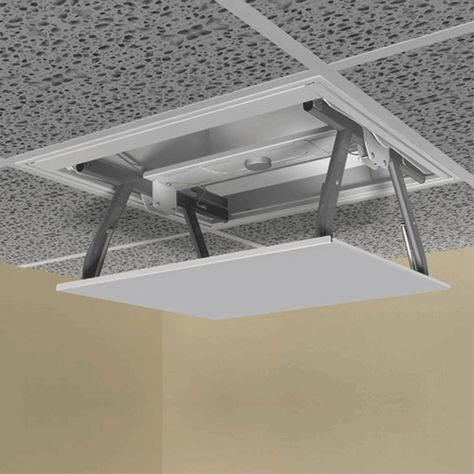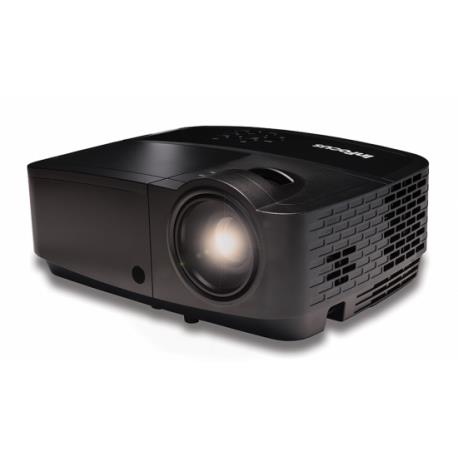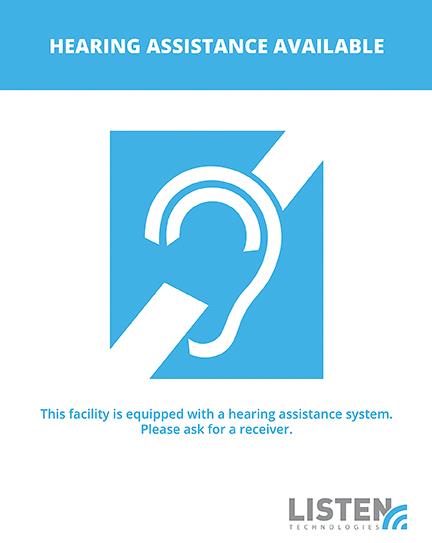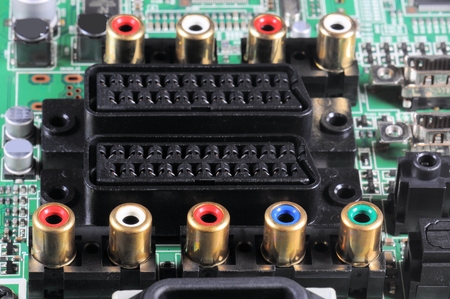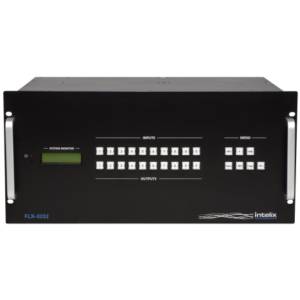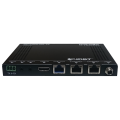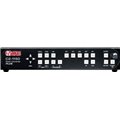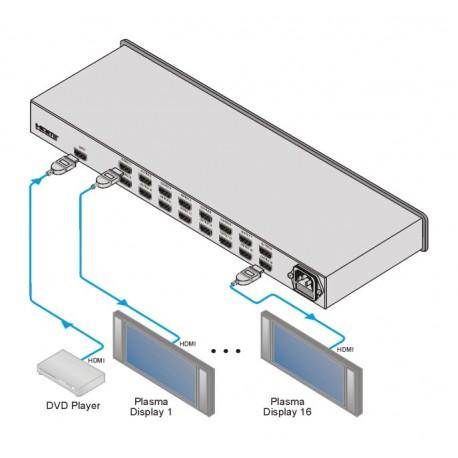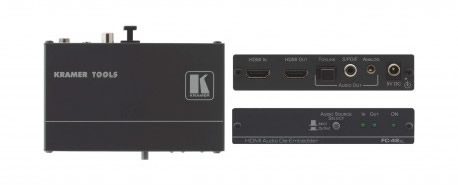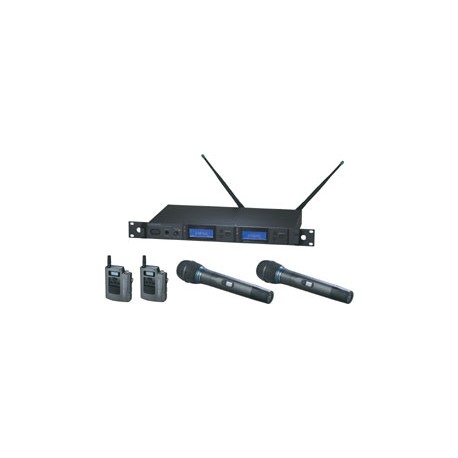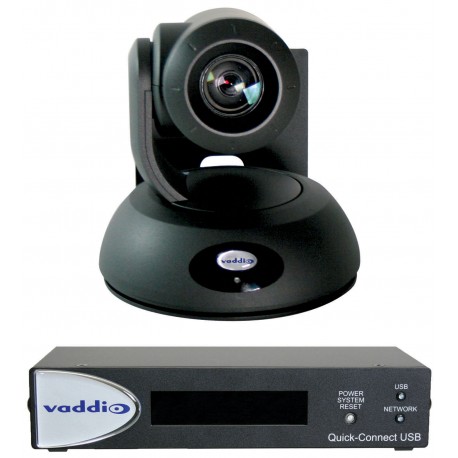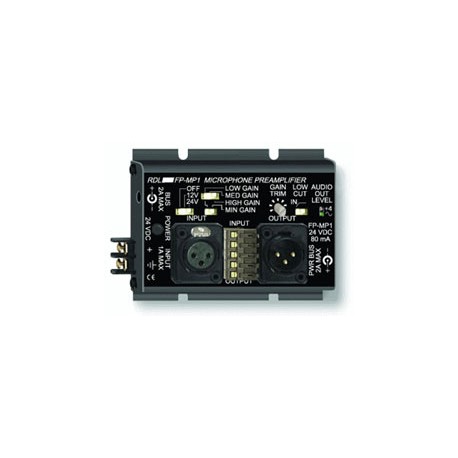
Microphone preamps are used to amplify low level, unstable signals to a usable, steadier line level signal. A microphone preamp can be either a preamplifier circuit in a device, or a dedicated external device containing a circuit. This article will focus on external microphone preamps, their benefits, and what to look for when purchasing one.
For those wondering if they need an external microphone preamp, the answer is usually, yes. They are considered essential for creating better quality audio and can benefit any microphone being used, especially condenser microphones. Audio signals coming from microphones are weak, and preamps help to translate it into a stronger signal for recording.
Almost any sound source needs a preamp to amplify those low-level signals, and most audio interfaces have one built-in for this purpose. However, that built-in preamp might not be creating the best audio possible, making the addition of an external preamp necessary in some cases.
External microphone preamps bring these five benefits to an audio system that built-in preamps can’t:
- Lower Noise
When using low output microphones, an external preamp can make an improvement on the noise coming from the microphone.
- More Gain
Most built-in preamps offer 60dB gain or less, which is a mismatch for low output microphones that require more gain. An external preamp can increase the gain, creating a better sound.
- Special Sound Character
For clean and transparent sound, a built-in preamp will work just fine. However, if a special sound characteristic such as an older pre-hi-tech sound is wanted, an external preamp can make that happen. Different types of preamps can also bring different sound styles.
- Better Sound Quality
High quality external preamps keep the sound clear as the gain settings are increased.
- More Features
Sometimes additional features are needed or wanted for better control over the audio and external preamps can provide these. They often have additional features not found on built-in preamps such as phase reverse, low cut, and pad switches.
After deciding an external microphone preamp is necessary, it’s time to find the right one. To do this, users must look at a variety of factors, like:
- Inputs and Outputs
Every microphone preamp will have at least one microphone input and one line-level output. This works for basic recording purposes, but for those that want more functionality, they will need more inputs and outputs. A hi-Z Direct Input will be needed to record electric instruments directly and multiple outputs allow for connectivity options.
- Tubes vs. Solid State
Tube and solid-state preamps create different sounds. The desired type of sound will determine which is needed. Having both gives the studio a variety of options.
- Channels
There are single-channel, dual-channel, and multi-channel preamps available. Single- and dual-channel preamps generally cost less, but leave little room for expansion. Even those not currently using two or more microphones simultaneously could benefit from a multi-channel preamp later.
Taking these factors into consideration along with talking to an audio expert will help determine the right type of microphone preamp needed for recording purposes.
Investing in a high-quality microphone preamp will make every type of microphone sound better. Talk to AV Superstore about improving audio in the studio with a microphone preamp or visit the AVSuperstore to learn more about the products available.




